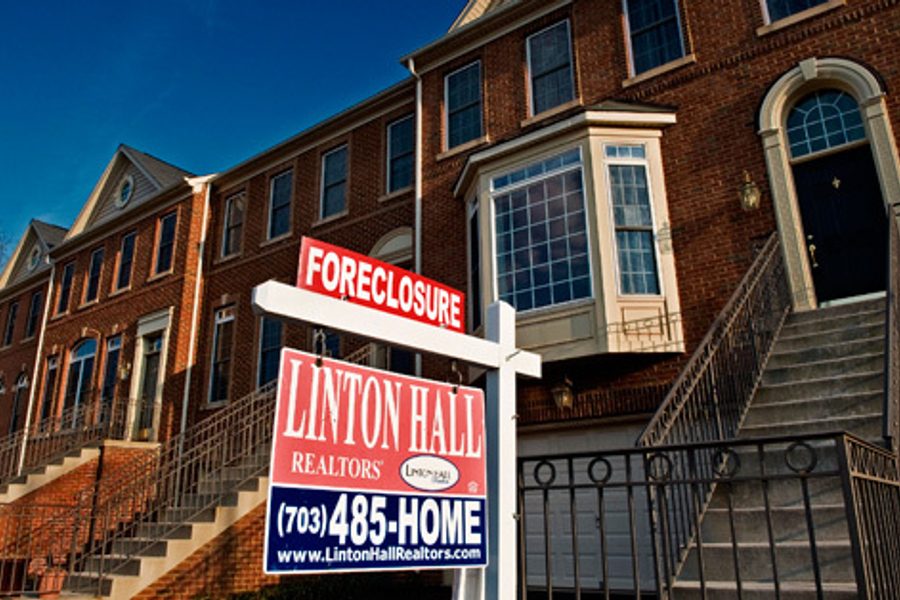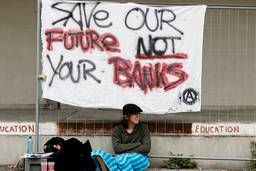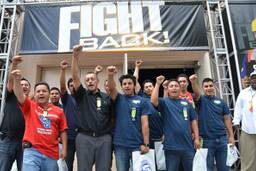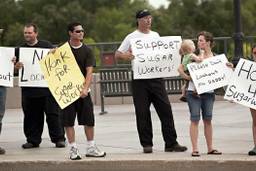Changing Suburbia: Leaving Cities, Working Poor and Unemployed Find New Isolation
Akito Yoshikane

The suburbs have long been seen as an iconic bastion for the American dream. But the tumultuous housing crisis and economic downturns of this decade have profoundly affected the landscape of America’s neighborhoods. While urban areas are typically portrayed as hubs of poverty and inequality, a new report highlights how residents in suburbs are facing the same struggles as city dwellers.
An analysis of U.S. Census data from 1999-2008 by the the Brookings Institution found an emerging problem across the nation: a majority of the poor now reside in the suburbs, not metropolitan areas. The geography of American poverty has increasingly shifted to areas outside of the city as residents face a unique set of problems.
The findings are part of a wide-ranging report titled the “State of Metropolitan America” released this week, which highlights the socio-econonic problems of the decade, including a shrinking middle class and a wage gap that’s the highest-ever recorded in modern times.
Demographically, suburbs are now home to more poor and elderly people and minorities. Although whites still make up a majority of the suburban population, the younger, educated generation is moving into the cities, lured by job prospects and urban life.
The trend is a dramatic shift from the days of white flight. Suburbs have now become the largest area for poor people, gaining 2.5 million in last decade. That amounts to 25 percent, which is five times faster than the poverty rate in cities. As a result, by 2008 one-third of all poor Americans lived in the suburbs. Cities like San Francisco, Cleveland, Baltimore and Detroit are places where poverty demographics have changed from the city to the outskirts.
The growing poverty in the suburbs is largely tied to the decentralization of employment and inadequate access to social services and transportation.
Many employers have moved from the urban central business districts to the suburbs and fringe areas, creating a jobs sprawl that makes it harder for low-income people to access decent work. Often times, the poor end up living in areas with low job prospects, according to Brookings.
The majority of people in search for jobs are from minority communities. While some news outlets are focusing on the “increasing diversity” of the suburbs, previous studies have documented the growth of blacks and Latinos in lower-income suburban areas who struggle to find employment.
The lack of public transportation limits access to government programs and job prospects; long commutes or the absence of routes to employment-rich areas isolate the suburban poor. Car ownership rates are low and a reliance on private transportation is costly for those on budget.
To add to the spatial dislocation, suburban areas with jobs are typically in higher-income areas that lack affordable housing. (A disproportionate number of subsidized houses are in the city or poor suburban areas.) The report says:
At the same time, racial segregation in housing markets, including racial discrimination by banks in lending, by landlords or rental agents, or even resulting from racial preferences of residents, may drive these patterns as well. Moreover, zoning laws and development impact fees that limit low-income housing in suburban areas may themselves partly reflect racial preferences.
The Great Recession has created a demand for social safety programs like unemployment insurance and food assistance, yet access is still a prevailing problem. Thirty-two percent of the suburban poor received Supplementary Nutritional Assistance Program (SNAP) in contrast to 39 percent of those in the city. While the study found that reliance on SNAP — formerly known as food stamps — increased both in the city and the suburbs, the statistics suggested there was under-enrollment in outer areas.
With the decentralization of jobs and steady rise in suburban poverty, a unique set of problems have emerged for policymakers. Increasing access to fair housing, transportation, job opportunities and social safety nets will require broad and comprehensive reform.







